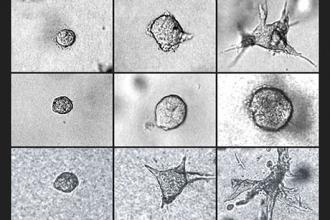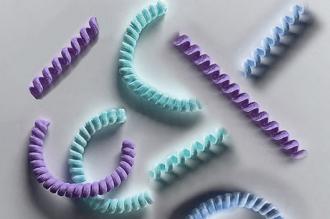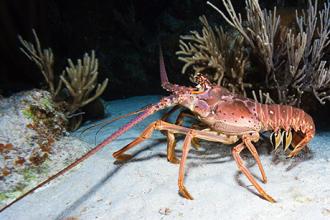
Associate Professor
Ming Guo
Interests
- Cell Mechanics and Mechanobiology
- Biophysics
- Mechanics of Soft Materials
Professor Guo News + Media

Cell stiffness may indicate whether tumors will invade
A team of engineers led by Assistant Professor Ming Guo found that tumors with softer, larger cells at their periphery are more likely to spread. The results point to a new route for cancer therapy.

“Nanofiber yarn” makes for stretchy, protective artificial tissue
Assistant Professor Ming Guo has engineered small coils lined with living cells that could act as stretchy scaffolds for repairing damaged muscles and tendons.

Lobster’s underbelly is as tough as industrial rubber
A team of researchers led by Assistant Professor Ming Guo, have found that a the soft membrane of a lobster's underbelly is surprisingly tough and could help guide the design of flexible body armor.
Faculty Details
Education
-
2014
HARVARD UNIVERSITY
Ph.D. -
2012
HARVARD UNIVERSITY
M.S. -
2007
TSINGHUA UNIVERSITY
M.E. -
2004
TSINGHUA UNIVERSITY
B.S.
Research Interests
Bio
My laboratory works on the interface of mechanics, physics, and cell biology, seeks to understand how physical properties and biological function affect each other in cellular systems, and how physical and material laws govern the behavior of living cells and their abilities to deform, move, remodel, and function. These basic mechanical processes underlie a range of higher level phenomena in health and disease including many aspects of cancer, cardiovascular disease, malaria, and morphogenesis. We have developed and applied to numerous cell types novel techniques for measuring mechanical properties and cellular forces, both inside and outside of the cell, at single cell level and multiple cellular level, on 2D and in 3D, such as Force Spectrum Microscopy, high-frequency microrheology, and Nonlinear Stress Inference Microscopy, and have used those methods to discover activity driven random transport in cells, the key role of vimentin intermediate filament in cytoplasmic mechanics and transport, as well as the nature of cell volume regulation and its impact on cell mechanics and stem cell differentiation. Inspired by the understanding of the fundamental of mechanics in cell physiology, current research in the PI’s laboratory also seeks to use engineering approaches to control behavior and functionality of cells and tissues. With a mixed background, I lead an interdisciplinary team of engineers, biologists, and physicists, aiming to understand physical properties of the living cell and their impact in health and disease, and externally using mechanical cues to direct developmental process and disease prevention.
Honors + Awards
01/2016, d’Arbeloff Career Development Chair
07/2019, Class '54 Career Development Chair
02/2020, Alfred Sloan Fellow in Physics
Memberships
American Physical Society, Biophysical Society, American Society of Cell Biology, American Society of Mechanical Engineers
MIT Service
2020-present, Associate Professor in Mechancial Engineering Department, MIT
2015-2020, Assistant Professor in Mechanical Engineering Department, MIT
2015-present, Graduate Admission Committee, Department of Mechanical Engineering, MIT